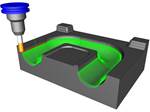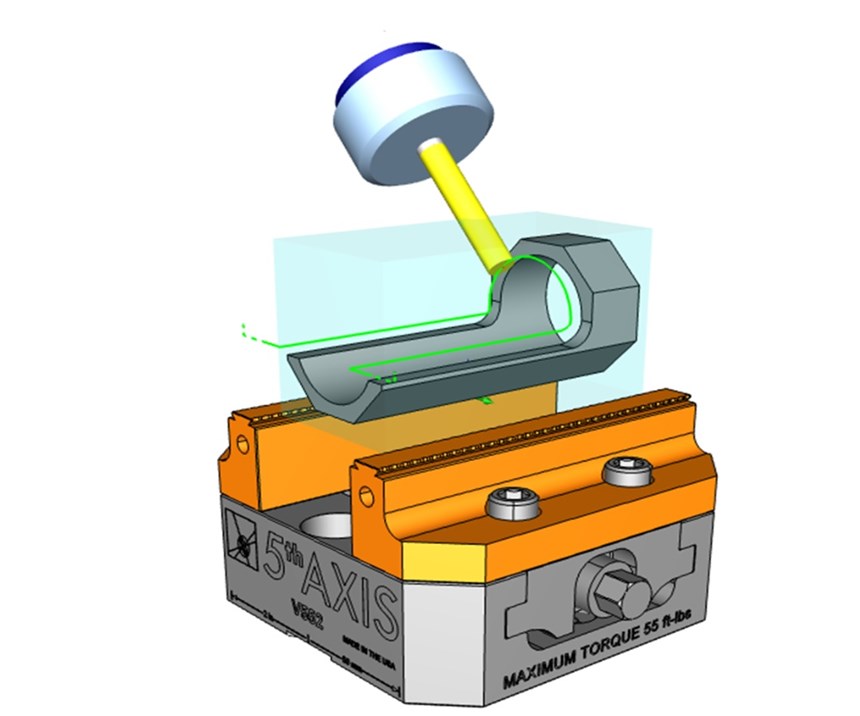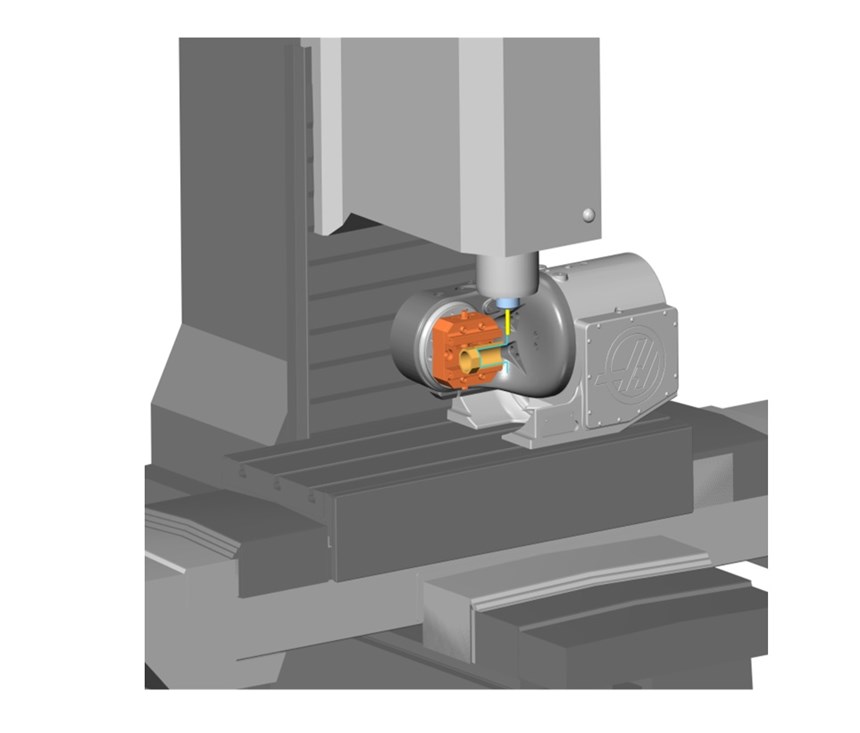Cut Programming time
If you are a mold builder looking for ways to reduce programming times and improve your machining processes, then consider these five steps:
1. Import CAD Files
Use CAD to design and help program faster rather than doing the math on your own. Working with a variety of customer file types that may come your way is a huge time saver, especially when working with solid model files or wireframe drawings. If you can open them, you can measure them, edit them and even convert them to g-code.
2. Cross-Posting
Write a g-code for multiple types of machines, machine configurations and controllers, and easily switch between control types and machine configurations using a postprocessor. This step gives you the ability to wire g-code for the machine you currently have and the one you’ll get in the future. Writing hundreds of lines of g-code in seconds, programming all kinds of two-axis, three-axis and beyond CNC movements is possible. So is cutting everything from basic hole cycles to complex hard milling on full full-axis and multi-axis machines.
3. Simulate and Report
Document your programming process with live feedback as you fine-tune your toolpath features. Prove out processes before the job material, equipment or tooling is available. Seeing what’s going on before you get out to the machine can make a huge difference. Thinking something through is one thing; seeing it in real-time is another. Before you set up a single work offset or optimize fixturing for a production run, don’t you want to see what you planned out in your head? For example, the direction the tool is moving, length the tool is sticking out, clamp fixtures or work holding obstacles, the time it takes, amount of stock and clearance. Simulating and reporting helps you avoid costly mistakes and gain a greater understanding of job requirements.
4. Save and Load Machining Features
Create single operations per feature or customize multiple operations tied to a single feature. This flexible programming workflow eliminates redundant tasks. Reuse your toolpath settings and establish standard processes. Each tool, material, setup and machine must work together to achieve a delicate balance. For example, how aggressively you cut, the stock you leave for the finish and how quickly you move. Testing, experience and learning from the experience of others will help you capture best practices and continually apply them.
5. Use Adaptive Tool Paths
Take advantage of what current technology has to offer modern cutting strategies on today’s powerful and fast CNC machines. Cut deeper, run smoother and increase material removal rates. For example, adaptive tool paths are quickly becoming the standard for two-, three-, four- and five-axis roughing. Reduce your cycle times, extend tool life, and minimize wear and tear on your equipment with this modern toolpath strategy.
Related Content
-
How to Fix Predicted Warpage Before It Happens with Windage and CAD Model Morphing
Applying windage and model-morphing techniques saved toolmaker/molder Sturgis Molded Products the time, cost, headaches of multiple part/mold design iteration loops, cumbersome cooling fixtures, and long molding cycles.
-
Tolerancing in Mold Design, Part 1: Understanding the Issues of Conventional Bilateral Tolerancing
Mold designers must understand the location, orientation and form limitations of conventional tolerancing before changing to another dimensioning system.
-
How to Select a Mold Temperature Controller
White paper shares how cooling channel analysis, which collects maximum pressure drop, total flow rate and heat dissipation, eases the performance evaluation of mold temperature controllers.



















